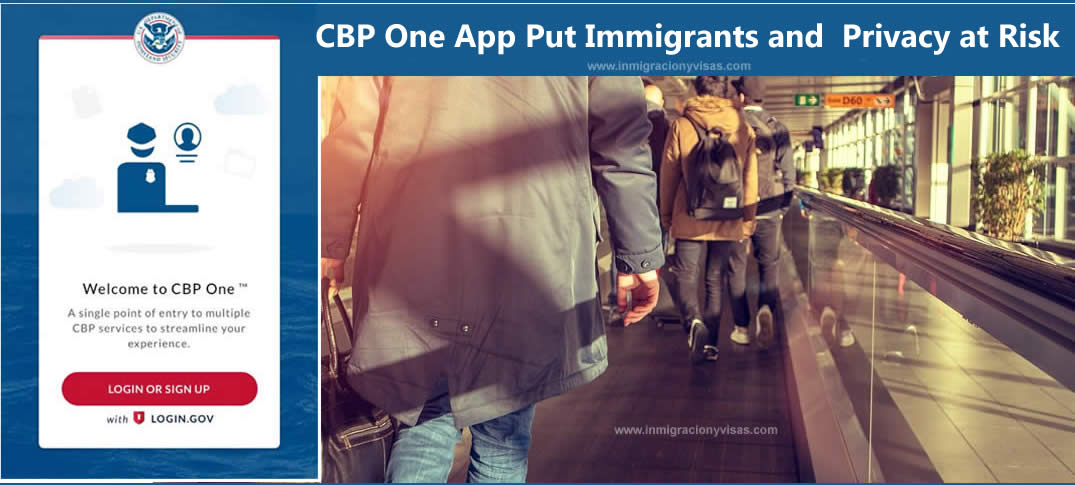It is unquestionable that technology creates efficiencies. But efficiency should not come at the total expense of privacy. A new app from U.S. Customs and Border Protection (CBP) toes that line between productivity and the need for users’ privacy.
In October 2020, CBP launched a new mobile application to help process individuals entering the United States. The CBP One mobile app has three known functions:
- Merchants can use it to make appointments for cargo inspection.
- Foreign travelers can apply for an arrival and departure record and use its GPS to document their entry and exit from the United States.
- Organizations in Mexico may use it to verify whether individuals are enrolled in the Migrant Protection Protocols (MPP) program.
Though the app’s efficiencies may seem obvious at first glance,
More information https://www.inmigracionyvisas.com/a5208-CBP-One-App-May-Put-Immigrants-Privacy-at-Risk.html










